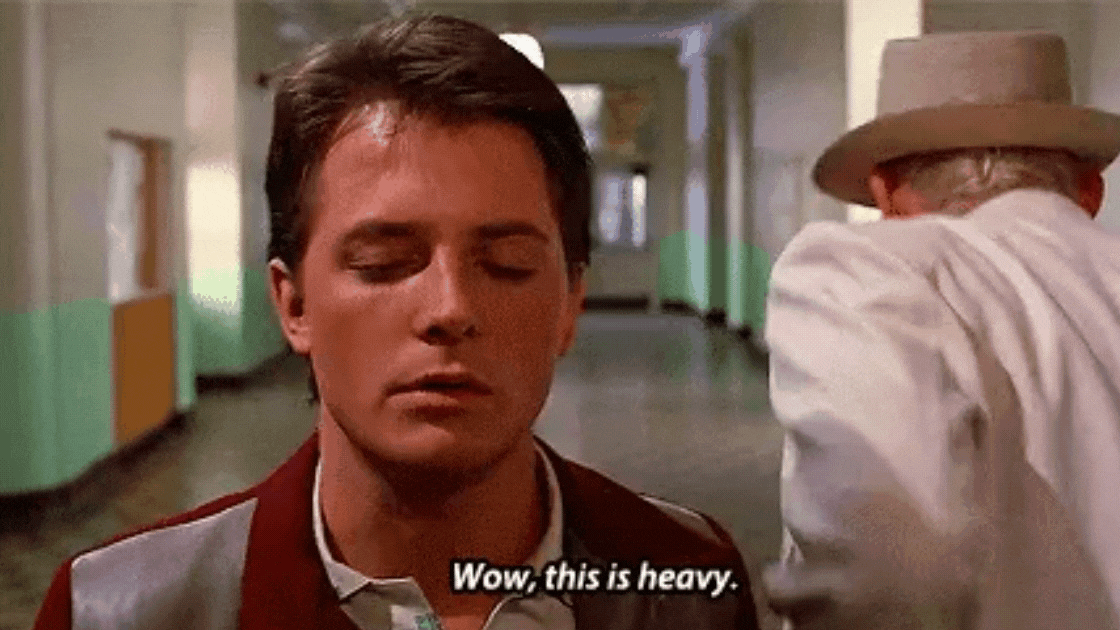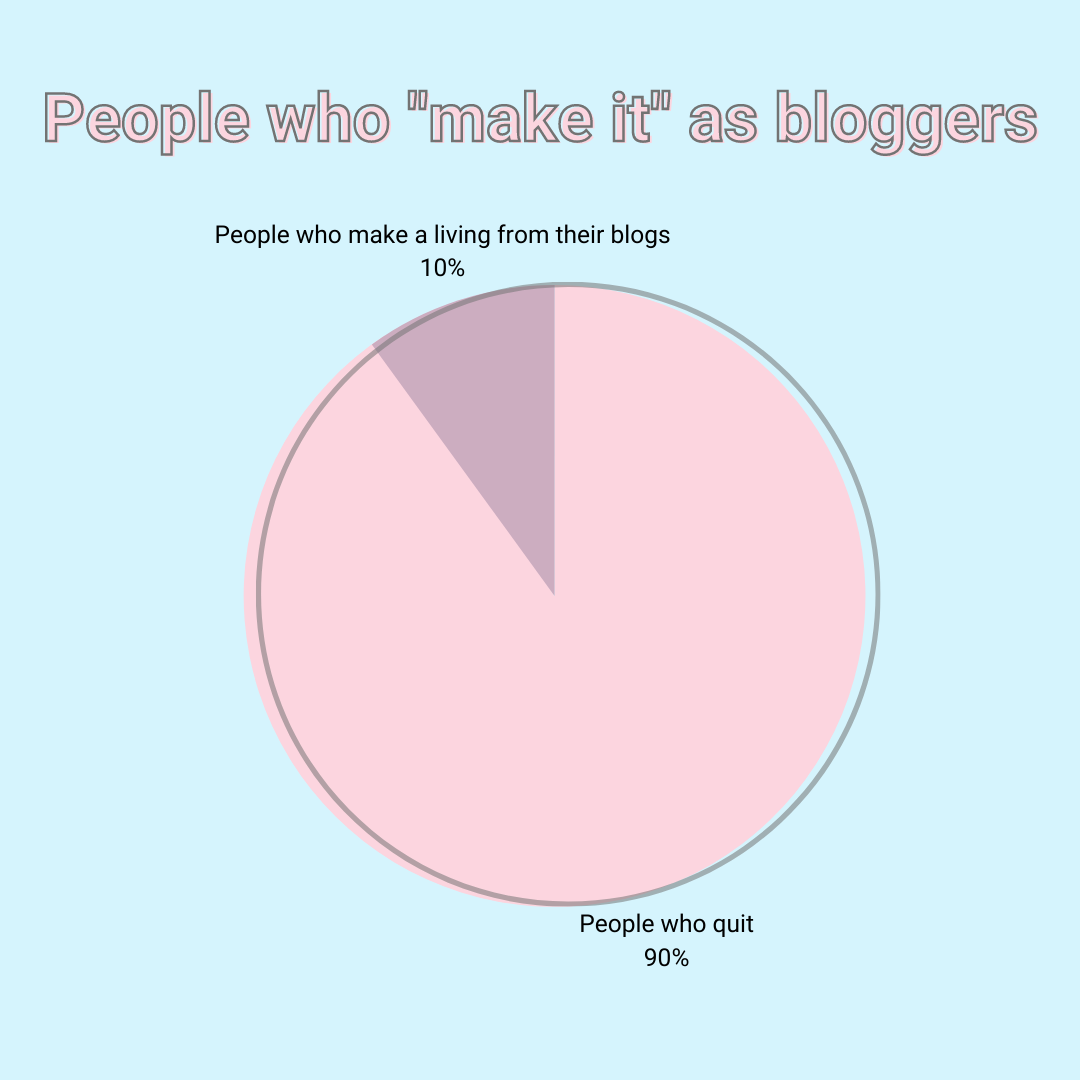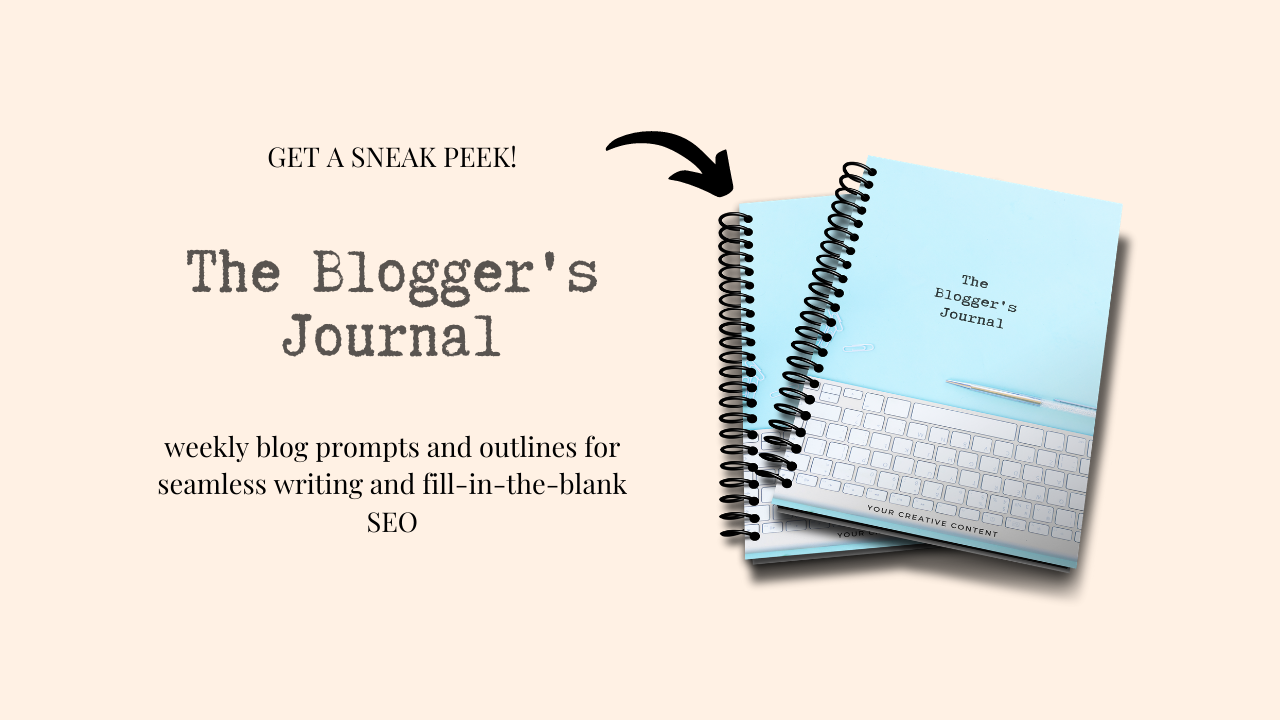How To Start a Blog Post Introduction That HOOKS Your Readers
The reason you’re probably procrastinating on writing your blog right now is because you don’t know how to start a blog introduction.
BOY, do I know the feeling.
In fact, I sat here writing and rewriting the introduction to this blog at least three times. I contemplated starting with a statistic, then thought about providing an anecdote. And then I did a few mental cartwheels trying to figure out the best way to incorporate my SEO keyword.
Writing your blog introduction is intimidating. You only have about 15 seconds to hook a reader before they get bored and bounce to their next open tab.
And we don’t want that.
In this blog, I’m going to give you a few suggestions on how you can start your blog introduction. You will be able to reuse these tips so that, once you get the hang of it, writing your (SEO) blog introduction will be a breeze.
How to Start A Blog Introduction
Like any good piece of writing, you want to start with a story, a question, or something that will leave your readers thinking… wait, what?!
This is what us writers call the hook and it needs to be in the introduction of every blog.
When it comes to the very first sentence of your blog. You have 1 of 2 options:
Start with your hook
Start with your SEO Keyword
Once you really start getting the hang of writing and SEO, you may even be able to incorporate your keyword into the hook.
I know this sounds heavy, Doc.
You’re probably thinking, “What’s a hook? What’s an SEO keyword?!”
Let’s me break it down:
Hook: This can be a story, a statistic, a question, or it can directly address your readers’ “pain point” (aka the question they typed into Google).
For example, I went for the pain point in this blog with the expectation that my readers would think, “yep, that’s me!”
SEO Keyword: The primary focus of your blog. The word or phrase that will tell Google, This is what my blog is about.
For example, the SEO keyword for this blog is ‘how to write a blog introduction’. Go back to my first sentence. You can see that I put it in the very first sentence.
My hook for this blog addresses a pain point that you, my reader, may be having: how to write a blog introduction.
This (hopefully) is what enticed you to keep reading.
The Anecdote
Usually, when you write a blog, you're writing from a place of experience. So, open up your blog with a funny/scary/frustrating experience. Try dropping your readers in the middle of the action. You can say something like, ⠀
"I sat in a musky, dimly-lit room all by myself. It was almost 2 a.m and I had no idea what was going on. Little did I know, I was about to be fired.”⠀
You can see here that I’m setting the scene, therefore, inviting my reader into my experience. I ended with a cliffhanger which will beckon the reader to read further. naturally, they’ll want to know, “Why did she get fired?!”
This is exactly why you should be collecting stories from your everyday life. You never know when an event (no matter how mundane it may seem) might help your readers gain perspective.
The Stats
People want to make sure that you know your stuff. Anyone can treat their blog like a journal entry, but it's the experts who do their research and open up with the FACTS. ⠀
For example, if I opened up this blog by telling you that 90% of bloggers quit after 3 months, it would probably bring out a reaction from you. You’ll either want to know why or you’ll want to read further to learn how you won’t be a part of that statistic.
Statistics should always be a part of your blog because Google rewards blog writers who include external links (a.k.a links to high authority websites) in their writing. It shows that you’ve done your research. Pair the statistic with a visual like the one below, and you’ll definitely secure that reader for the remainder of your blog.
The Question
Ask your readers a question. Don't use one of those sales-y tactics like, "Are you struggling to write the perfect introduction to your blog?” or “Do you sit there for hours trying to find the perfect words?"⠀
I hate when writers do this, and I’m sure you do, too. And yet people do it ALL the time.
Try a more genuine approach. Ask your readers a NORMAL question. One that you would ask your friend if they were standing right in front of you.
For this blog, I could have started my introduction by asking you, “How often do you get writer’s block?” Then, I probably would have dove into an anecdote about my last bout with writer’s block.
The Pain Point
When you’re trying to think of how to start your blog introduction, the one tactic that never fails is the pain point.
That’s how I started this blog. I called you out on your procrastination and then pointed out the thing that you’re struggling with: writer’s block.
Addressing the pain point in your introduction always works because this is typically what your reader Googled to find your blog in the first place. This also makes it really easy to incorporate your SEO keyword into the first sentence.
How to End Your Blog Introduction
End the introduction to your blog with a reminder of why your readers are here. Reiterate your blog’s title or tell them to “strap in.” You want to leave them wanting more.
It’s always a good idea to break your paragraph up into 1 or 2 sentences. I know that we all learned that paragraphs should be 3-5 sentences, but writing rules are different here in the blogging world.
The more you break it up, the easier it will be for your reader to retain the information. Plus, with all of our declining attention spans, these short paragraphs are an ideal way to keep your reader’s attention.




